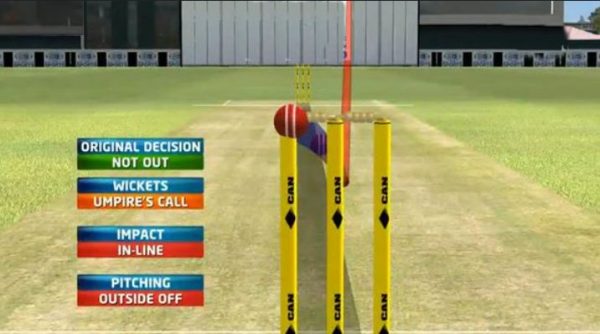Cricket Technology: Hot Spot and Snickometer explained
What would cricket be without technology today?
2 Min Read


Ever since the origination of cricket in the 16th Century, the sport has come a long way. It has been constantly evolving with time, the technology has also kept up with the pace and has changed according to new trends. Today, the experience of watching a cricket match is far more engaging and technologically-driven than in the 1990s or 1980s. One of the main reasons for this is the use of high-level modern technology, something that has today become classified as Cricket Technology.
We are living in an era of advanced technology, where every part of our daily lives is related to the science of craft in one way or another. Technology plays a major role in cricket. It not only helps in reducing human errors in decision making but also helps the players and coaches analyze their game.
Two such important technologies in cricket are Hot Spot and Snicko. These are used in almost every match to help the umpires in decision making. Did you ever try to figure out the mechanism behind the Hotspot or the Snickometer? Though they seem so complicated, their mechanism is so simple.
Hot Spot and its mechanism:
Hot Spot is an image sensing system which makes use of infra-red cameras to find out if the batsman has nicked the ball. This technology was first introduced in cricket by a Melbourne based company, BBG Sports. Although two infrared cameras are enough, generally four infrared cameras are used to record the game continuously. The Hot Spot technology was originally founded by a French scientist Nicholas Bion. It uses the technology developed for tracking military tanks and fighter jets.
The basic principle is the thermal wave remote sensing. When the ball or bat makes contact with the bat, pad, or the batsman, friction is generated. This friction causes heat, the temperature change is detected by the infrared imaging camera system. And that is how the contact zone is detected. Any suspected snick or bat/pad event can be verified by examining the infrared image. This technology was first used in 2006 during the Ashes in Australia.
Snickometer and its mechanism:
Snickometer is another technology which was introduced by BBG Sports. This was invented by an English computer scientist Allan Plaskett. The technology invented in the early 90’s makes use of both the audio and visual evidence to detect any nicks. Snicko is not the most accurate technologies present but it does the job when combined with Hot Spot.
Snicko works on a simple principle. A very sensitive microphone is placed at the stumps and this microphone is connected to an oscilloscope which tracks the sound waves. In case of any nicks, the mic records even the slightest of the sounds. The recorded trace is then played along with the slow-motion video which makes it easy to determine if there was any contact.
For more cricket updates, follow CricTracker.com
Download Our App